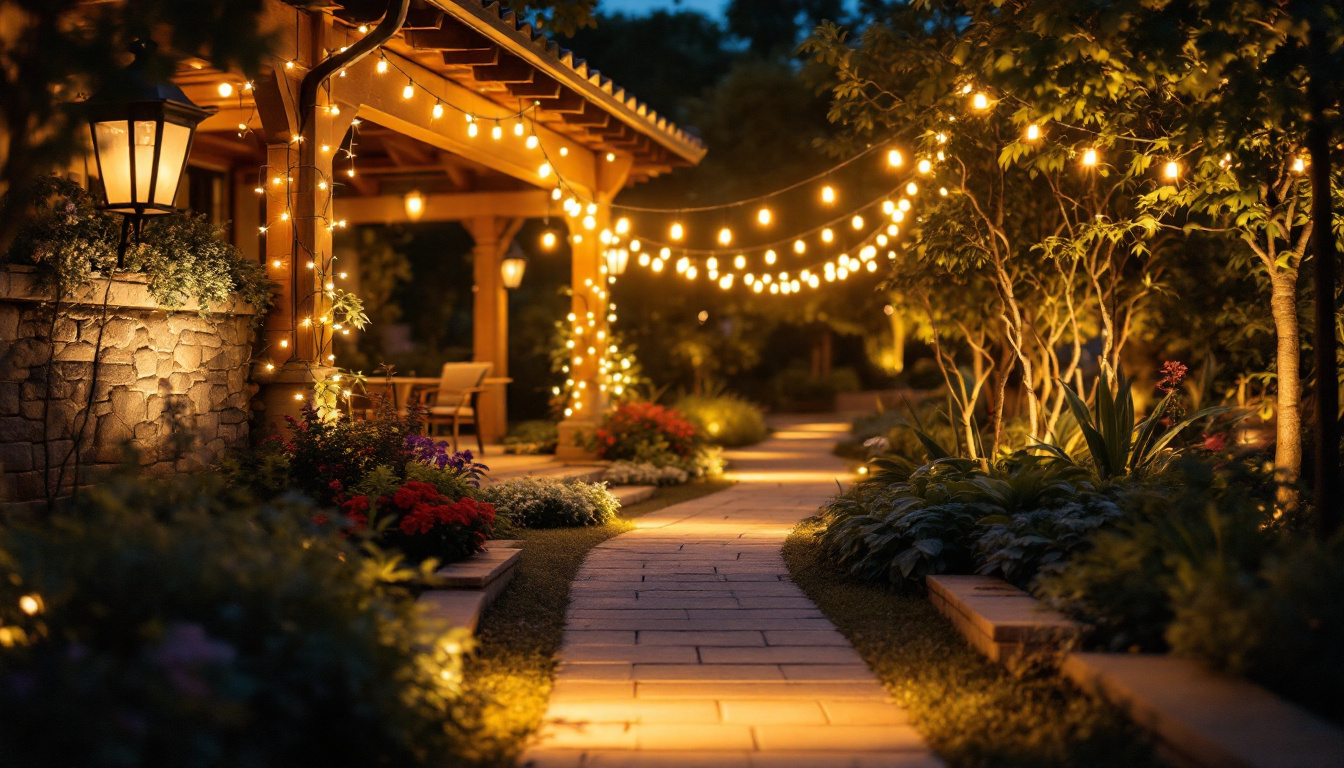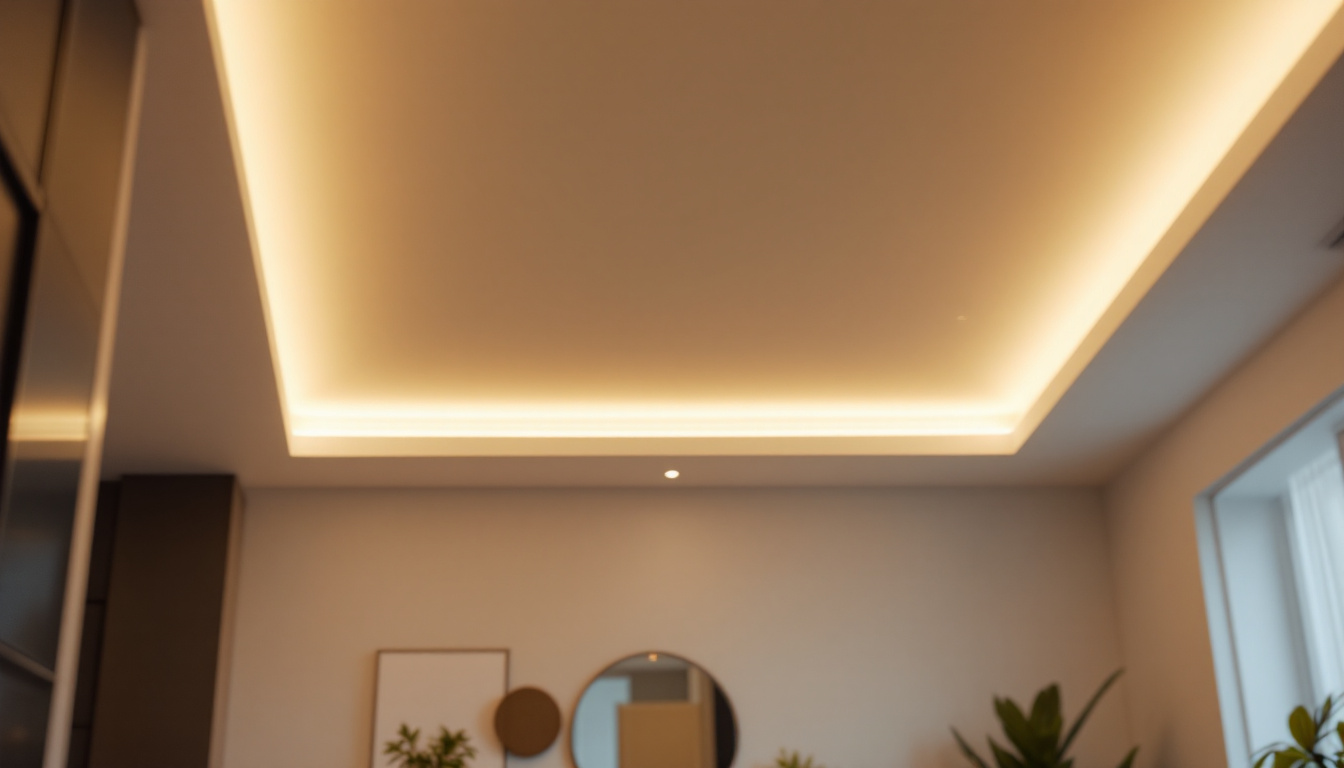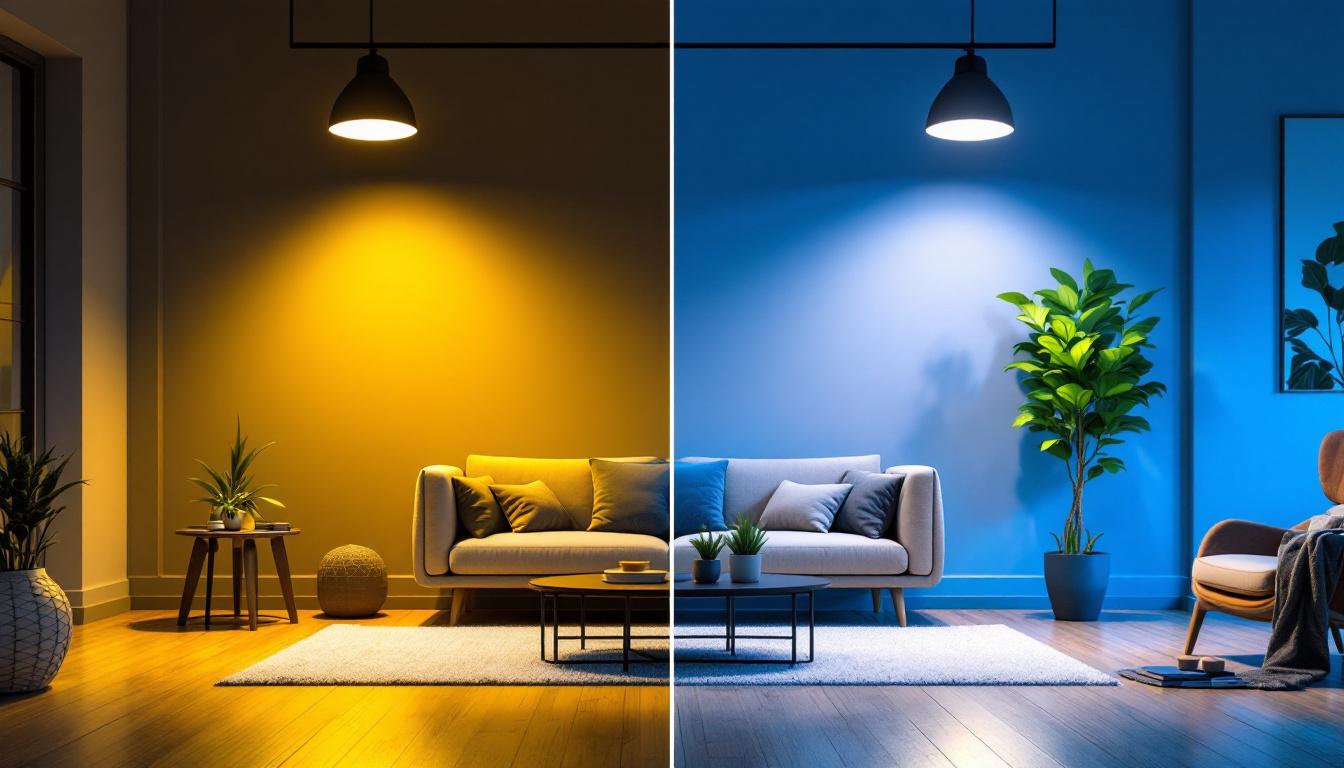
Lighting plays a crucial role in enhancing the aesthetics and functionality of outdoor spaces. Among the various lighting options available, up and down lights are particularly popular for their versatility and ability to create dramatic effects. This handbook aims to provide lighting contractors with the essential knowledge and insights needed to effectively use outdoor up and down lights in their projects.
Up and down lights are fixtures designed to illuminate both upward and downward, creating a balanced lighting effect that can enhance architectural features, landscapes, and pathways. These fixtures are often used in residential, commercial, and public spaces, making them a staple in the lighting contractor’s toolkit. Their dual-directional lighting not only serves functional purposes but also adds a layer of aesthetic appeal, transforming ordinary spaces into visually striking environments.
There are several types of up and down lights available on the market, each serving different purposes and aesthetics. The most common types include:
Up and down lights can be used in a variety of applications, making them incredibly versatile. Some popular uses include:
Moreover, the energy efficiency of modern up and down lights, especially those utilizing LED technology, makes them an environmentally friendly choice. These fixtures not only consume less power but also have a longer lifespan compared to traditional lighting options, which translates to less frequent replacements and reduced waste. Additionally, many up and down lights now come with smart technology features, allowing users to control brightness and color temperature through mobile apps or voice commands, further enhancing their functionality and appeal in smart home setups.
In commercial settings, up and down lights can be strategically placed to create a welcoming atmosphere for customers while also ensuring that products are well-lit and visually appealing. Retailers often use these fixtures to highlight merchandise displays or create inviting entryways, making the shopping experience more enjoyable. Similarly, in hospitality venues, the right lighting can set the mood for dining or relaxation, making up and down lights an essential element in the design of restaurants and hotels.
Selecting the appropriate up and down lights for a project requires careful consideration of various factors. Lighting contractors must assess the needs of the space, the desired aesthetic, and the technical specifications of the fixtures.
When choosing up and down lights, several key factors should be taken into account:
As the demand for energy-efficient solutions grows, lighting contractors should prioritize fixtures that offer sustainability benefits. LED up and down lights are an excellent choice due to their long lifespan and low energy consumption.
In addition to reducing energy costs for clients, using energy-efficient lighting can also contribute to sustainability goals. Many municipalities offer incentives for energy-efficient installations, making it a win-win for both contractors and clients.
Proper installation is crucial for ensuring that up and down lights perform optimally and enhance the desired features of a space. Following best practices can help lighting contractors avoid common pitfalls and deliver high-quality results.
The placement and spacing of up and down lights can significantly impact their effectiveness. Here are some guidelines to follow:
Proper wiring is essential for the safe and effective operation of outdoor lighting. Contractors should adhere to local electrical codes and consider the following:
Designing outdoor spaces with up and down lights requires a thoughtful approach to create a cohesive and visually appealing environment. The following strategies can help contractors achieve stunning results.
Layering light is a fundamental principle in outdoor lighting design. By combining up and down lights with other types of fixtures, such as path lights and accent lights, contractors can create depth and dimension in outdoor spaces.
Consider using up lights to illuminate trees or architectural features while down lights can provide functional lighting for pathways and seating areas. This combination not only enhances safety but also adds visual interest.
Up and down lights are particularly effective for highlighting key features in a landscape or architectural design. For instance, using up lights to illuminate a textured wall or a sculpture can create a dramatic focal point.
When highlighting features, consider the angle and intensity of the light. A well-placed up light can create interesting shadows and textures, while down lights can provide even illumination for larger areas.
Even with proper maintenance, issues may arise with outdoor lighting systems. Here are some common problems and their potential solutions:
Up and down lights are a versatile and essential component of outdoor lighting design. By understanding the different types, applications, and best practices for installation and maintenance, lighting contractors can create stunning outdoor spaces that enhance safety, functionality, and aesthetics.
As the demand for outdoor lighting solutions continues to grow, staying informed about the latest trends and technologies will be crucial for contractors looking to remain competitive in the industry. With the right knowledge and skills, lighting contractors can transform outdoor areas into beautifully lit environments that clients will enjoy for years to come.
Ready to elevate your outdoor lighting projects with the finest up and down lights on the market? Look no further than LumenWholesale, where we provide lighting contractors with spec-grade lighting solutions at unbeatable wholesale prices. Our commitment to quality and affordability ensures that you can light up any space without breaking the bank. With free shipping on bulk orders, you can trust that you’re getting the best value with no hidden costs. Make your next project shine by choosing LumenWholesale for all your lighting needs. Discover our extensive selection and experience the convenience of shopping with us by visiting Wholesale Lighting at the Best Value.

Discover the art of mastering lighting with “Brightness 0,” a comprehensive guide for contractors.

Discover how pendant chandelier lights can give lighting contractors a competitive edge in the industry.

Discover the essential facts about recessed light diffusers that every lighting contractor needs to know.

Explore the crucial differences between 4-inch and 6-inch can lights and discover why choosing the right size is essential for lighting contractors.